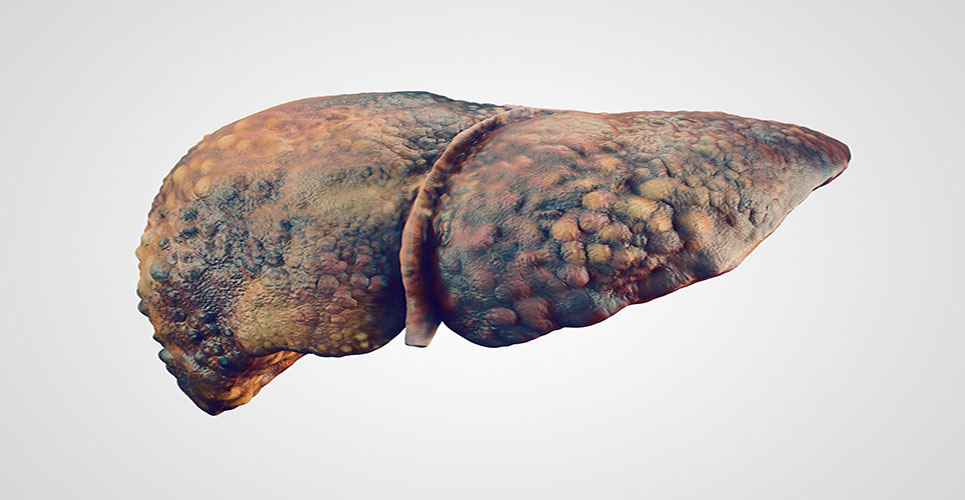An estimated 214,000 people in the UK are chronically infected with hepatitis C (1), of which only an estimated 3% receive treatment in England each year (2).
An estimated 214,000 people in the UK are chronically infected with hepatitis C (1), of which only an estimated 3% receive treatment in England each year (2).
The National Institute for Health and Care Excellence (NICE) published guidance in the form of a Final Appraisal Determination (FAD), confirming that AbbVie’s all-oral, short course, interferon-free treatment VIEKIRAX® (3) (ombitasvir/paritaprevir/ritonavir tablets) + EXVIERA® (4) (dasabuvir tablets) is recommended as a cost effective treatment option for adults in England and Wales living with genotype 1 (GT1) chronic hepatitis C virus (HCV) infection. VIEKIRAX® is also recommended for all adults with genotype 4 chronic HCV infection.
Chronic hepatitis C is a silent, progressive disease that can lead to liver damage (fibrosis or cirrhosis), liver cancer and death. (5) More than 200,000 people in the UK are estimated to be chronically infected with hepatitis C. (6) Of those chronically infected, only an estimated 3% receive treatment each year, despite the advent of treatments that can offer viral elimination. (6)
Charles Gore, Chief Executive, The Hepatitis C Trust, explains: “This is great news. People living with hepatitis C have been eagerly awaiting these new interferon-free treatments and it is now vital that NHS England ensures patients have access to them as quickly and widely as possible. These drugs are cost effective and allow patients to be cured in as little as 12 weeks, so there really is no excuse for delaying treatment and continuing to allow ever-increasing numbers of hepatitis C patients to progress to end-stage liver disease and liver cancer.”
Having all-oral, interferon-free treatment options, like VIEKIRAX® + EXVIERA®, which provide patients with a high likelihood of achieving a cure (defined as having no HCV detectable in the blood 12 weeks post-treatment completion), helps to transform the lives of thousands of patients worldwide living with chronic HCV infection. The use of VIEKIRAX® + EXVIERA® in GT1 chronic HCV infected patients is supported by a robust clinical development programme in more than 2600 patients in over 25 countries, including the UK. VIEKIRAX® and EXVIERA® were granted an EU Marketing Authorisation from the European Medicines Agency in January 2015.
Dr Neil Pumford, UK Medical Director, AbbVie said: “We welcome the NICE decision as we believe that all-oral, interferon-free treatments, like VIEKIRAX® and EXVIERA®, have an important role to play in helping people clear the hepatitis C virus and move on with their lives. We look forward to seeing the NHS England Operational Delivery Networks, which have been in existence since August 2015, implementing the NICE guidance swiftly and in full as soon as possible to benefit all eligible patients”, Dr Pumford concluded.
References:
- 1 National Institute for Health and Care Excellence Final Appraisal Determination, ombitasvir-paritaprevir-ritonavir with or without dasabuvir for treating chronic hepatitis C, October 2015 https://www.nice.org.uk/guidance. Accessed October 2015.
- 2 Public Health England. Hepatitis C in the UK 2015 Report. Available at https://www.gov.uk/government/uploads/system/uploads/attachment_data/file/448710/NEW_FINAL_HCV_2015_IN_THE_UK_REPORT_28072015_v2.pdf. Accessed October 2015.
- 3 VIEKIRAX tablets (ombitasvir/paritaprevir/ritonavir) Summary of product characteristics. Maidenhead, UK. AbbVie, Ltd. Full summary of product characteristics is available at www.medicines.org.uk/emc
- EXVIERA tablets (dasabuvir) Summary of product characteristics. Maidenhead, UK. AbbVie, Ltd. Full summary of product characteristics is available at www.medicines.org.uk/emc.
- Chen SL, Morgan TR. The Natural History of Hepatitis C Virus (HCV) Infection. Int J Med Sci 2006; 3(2):47-52. doi:10.7150/ijms.3.47. Available at http://www.medsci.org/v03p0047.htm. Accessed October 2015.
- Zaltron S et al. Chronic HCV infection: epidemiological and clinical relevance. BMC Infect Dis 2012;12(Suppl 2):2–7.

